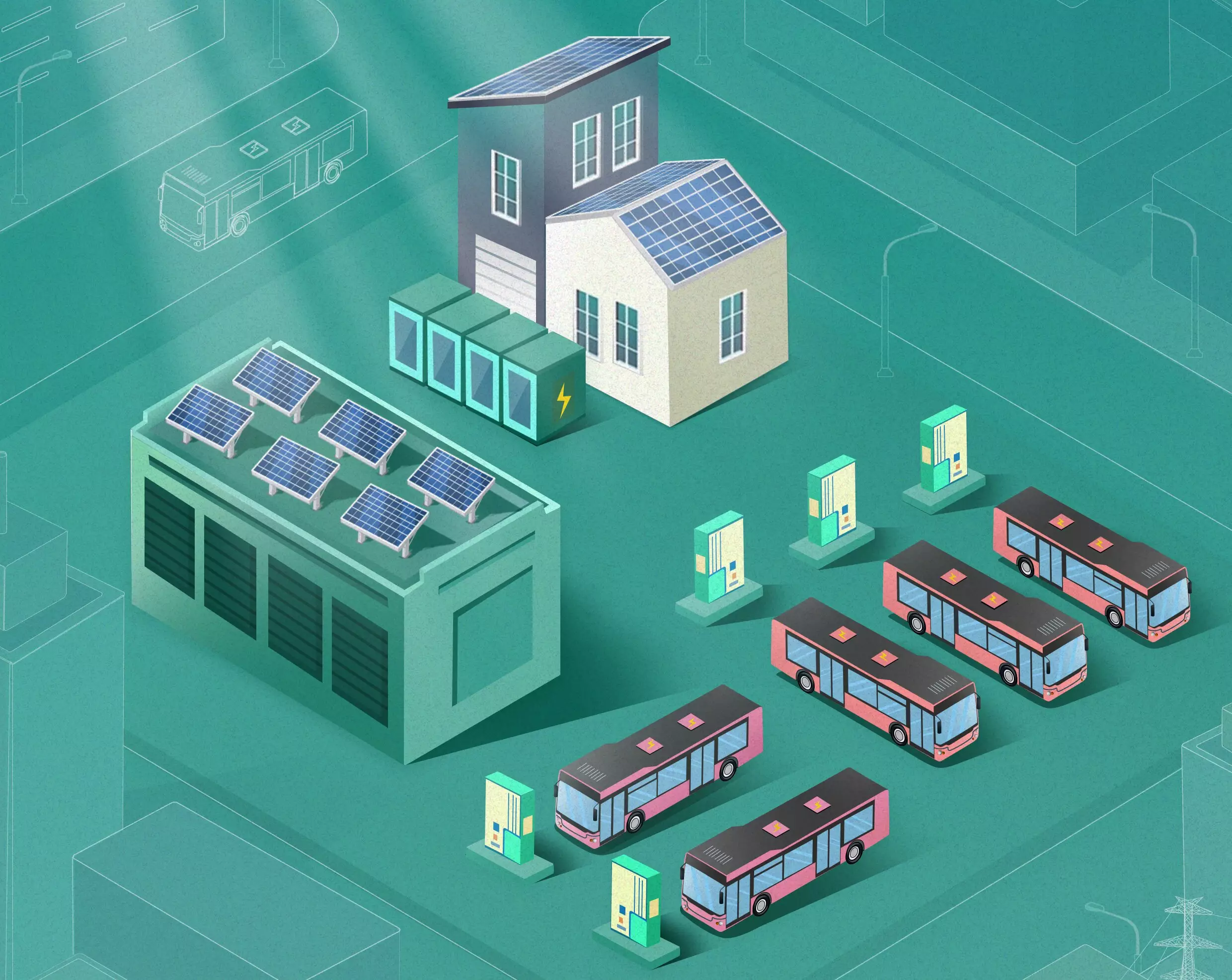The urgent quest for sustainable solutions to combat climate change has spurred an electrification revolution in the transportation sector. Governments and corporations around the globe are pivoting towards electric vehicles (EVs) and public transport electrification as part of their green agenda. Recently, China has emerged at the forefront of this transformation, implementing electric buses (EBs) in various urban centers. However, this monumental shift presents not just opportunities, but also complex challenges requiring meticulous consideration, particularly regarding the electricity grid’s capacity.
The Promise of Electrification
The advent of electric buses signifies a significant step in reducing greenhouse gas emissions from urban transport. The International Energy Agency reports a remarkable surge in electric vehicle sales, with figures nearing 14 million units in 2023 alone, contributing to a global total of 40 million electric cars on the road. Despite this promising landscape, the rapid electrification of transport has raised alarms about potential strains on electricity grids. Concerns include heightened operational costs, infrastructure expansion, and the risk of grid overloads, necessitating comprehensive analysis and planning to ensure a smooth transition.
The anticipated environmental benefits of EBs are contingent upon the parallel development of renewable energy strategies. Current research emphasizes a need for systems that integrate not just electric mobility but also renewable energy sources, particularly solar power, to ensure sustainability. Although earlier studies have hinted at the integration of solar photovoltaics (PVs) with EV charging stations, there remains a gap in research focusing on the specific implications of transitioning public transport fleets to electric models in urban contexts.
Research Framework and Objectives
A recent study by a collaborative team from Beihang University seeks to bridge this knowledge gap by proposing a comprehensive framework that marries data-driven insights with model-driven methodologies. Their objective is straightforward yet ambitious: to outline pathways for the widespread adoption of solar PV and energy storage systems within urban public transport networks. Co-author Xiaolei Ma emphasizes the critical need for an actionable framework as cities begin the transition to electric mobility.
The researchers focused on Beijing as a case study, using extensive data — including GPS data, vehicle metrics, weather patterns, and solar irradiance statistics — to forecast the environmental impact of converting the city’s bus fleet from traditional fuel to electric systems. Through this meticulous analysis, they were able to construct a model simulating a transition scenario.
The research findings project a scenario in 2050, post electrification rollout in 2021. The results are promising: the integration of solar PV systems has the potential to significantly reduce the net charging load on the electricity grid — estimates suggest a reduction of up to 23% during peak generation periods. When energy storage is added to the mix, these figures improve, demonstrating potential reductions of 28% in overall loading and 37.4% of peak loads.
While the economic dimensions of solar PV generation appear favorable — offering a profit margin exceeding costs by 64% — the introduction of energy storage systems presents challenges. The profit margins could diminish to 31%, highlighting the intricate balance between financial feasibility and grid reliability.
These findings underscore a compelling case for the electrification of public transport in Beijing and potentially beyond. They not only indicate that transforming transport depots into renewable energy hubs is viable but also point towards a broader strategy for mitigating the challenges faced by urban electricity grids in the face of rapid electrification.
Moreover, Ma believes that these insights could stir policy advancements aimed at accelerating solar PV adoption in other critical energy consumption areas, including public charging stations and railway hubs. Policymakers can leverage this research to tailor incentives and regulations that foster a synchronized upgrade of both transport electrification and renewable energy adoption.
The electrification of urban transport systems holds immense potential to contribute to climate change mitigation efforts. However, it requires concurrent strategies for renewable energy integration to ensure that the resulting demand does not overwhelm existing electricity infrastructures. As the research from Beijing illustrates, cities around the world stand to benefit from embracing innovative frameworks and technologies — drawing on lessons learned from trials such as this can pave the way for a cleaner, more sustainable transport future.


Leave a Reply